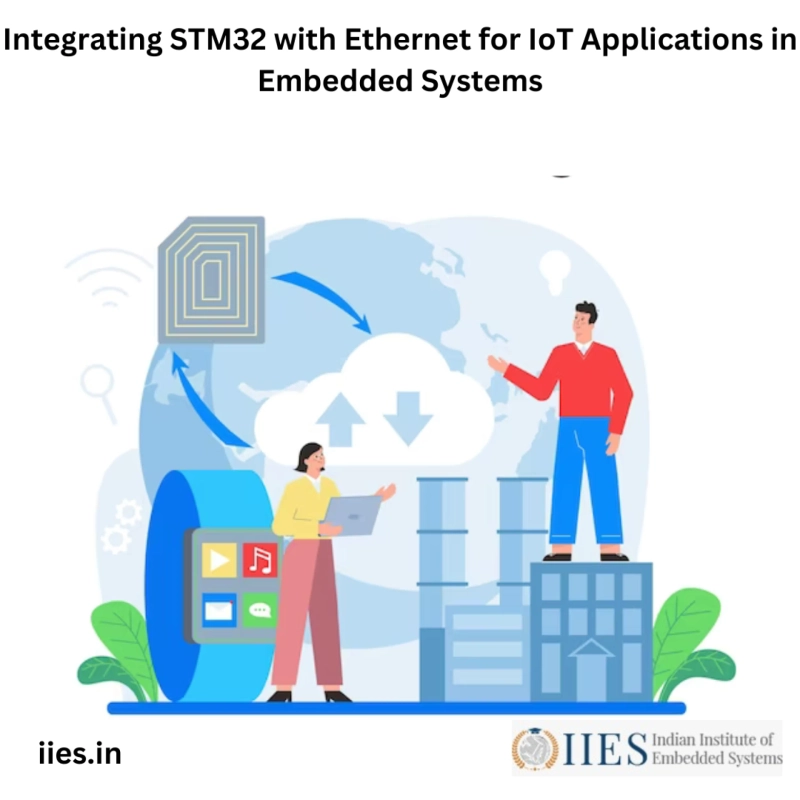Introduction
The Internet of Things (IoT) has revolutionized the world, and its impact can be felt across all industries. In the context of embedded system, IoT has brought about a new era of connectivity, where devices can interact with each other seamlessly. In this blog post, we will explore the integration of STM32 with Ethernet for IoT applications in embedded systems. We will discuss the capabilities of STM32 and Ethernet and the benefits of integrating them.
Understanding STM32 and EthernetSTM32 is a powerful microcontroller board that provides a wide range of features, including high processing power, low power consumption, and flexible connectivity. Ethernet, on the other hand, is a wired communication protocol that enables devices to communicate with each other over a local area network (LAN). Ethernet provides reliability, high bandwidth, and low latency, making it an ideal choice for IoT applications where real-time communication is required.
III. Integrating STM32 and Ethernet
Integrating STM32 with Ethernet can be done using various development boards, modules, or shields. The following are the steps for integrating STM32 with Ethernet in IoT applications:
Select an appropriate STM32 microcontroller board that supports Ethernet.Choose an Ethernet module or shield that is compatible with the STM32 board.Connect the Ethernet module or shield to the STM32 board using the appropriate interfaces.Configure the Ethernet module or shield and the STM32 board using relevant software, libraries, or drivers.Develop the IoT application that uses Ethernet for communication.The benefits of integrating STM32 with Ethernet for IoT applications include reduced power consumption, reliable and secure communication, and faster data exchange.
Use Cases of STM32 and Ethernet IntegrationThere are numerous use cases for integrating STM32 with Ethernet in IoT applications. Some examples are:
Remote monitoring and control of equipment, such as industrial machinery or smart home appliances.Real-time data acquisition and analytics from sensors, such as temperature, humidity, and pressure sensors.Smart city applications, such as traffic management, public safety, and waste management. Challenges and Solutions for STM32 and Ethernet IntegrationChallenges that may arise when integrating STM32 with Ethernet include compatibility issues, configuration errors, and network congestion. To overcome these challenges, developers can ensure compatibility between the STM32 board and the Ethernet module or shield, use reliable software tools for configuration, and implement protocols for network management, such as Quality of Service (QoS).
ConclusionThe integration of STM32 with Ethernet is a powerful combination that enables IoT applications in embedded systems. By leveraging the processing power of STM32 and the reliability of Ethernet, developers can create innovative solutions that improve efficiency, productivity, and safety. As you explore this integration, remember to check out the Indian Institute of Embedded Systems (IIES) for expert embedded system training and certification programs to advance your skills.


